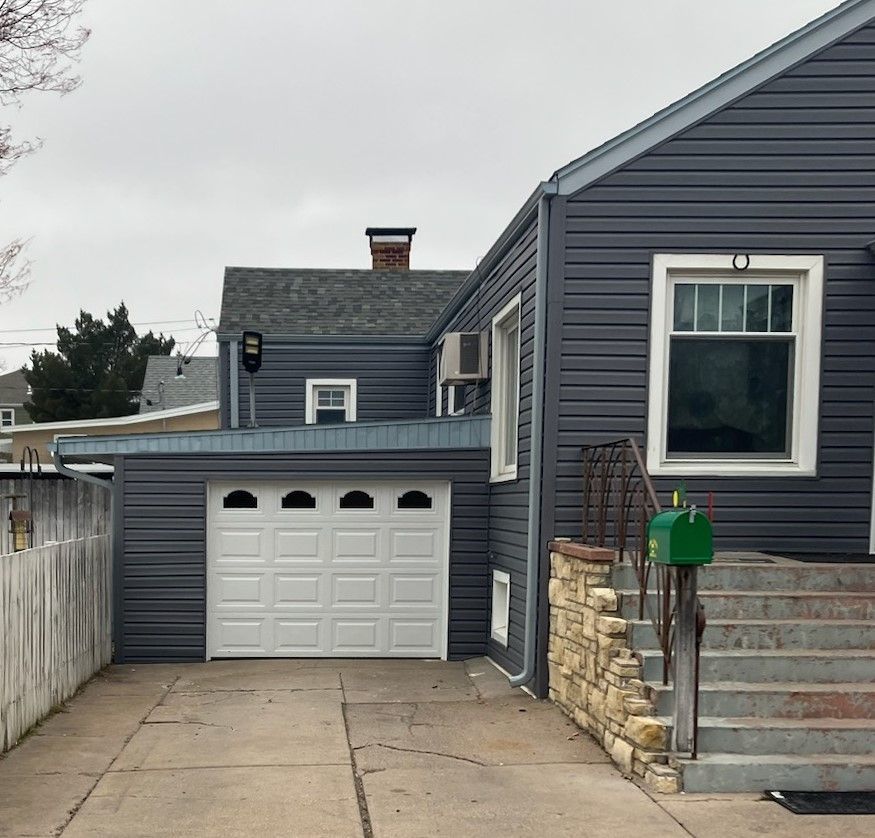Your overhead door does more than just provide entry and exit; it enhances security, boosts energy efficiency, and adds value. But like any mechanical system, it needs care. Ignoring early warning signs can lead to costly repairs—or worse, a door that stops working entirely. Let’s explore the top 5 signs your overhead door might need repair and why addressing issues promptly is key.
Strange Sounds from Your Garage Door
Does your overhead door creak, rattle, or make high-pitched noises? These sounds are not just annoying—they’re a cry for help. Unusual noises can indicate issues with the door’s torsion springs, tracks, or motor. Left unchecked, these minor issues can escalate into major malfunctions.
2. Slow Response Time
If your overhead door is slow to open or close, it might be due to worn-out components or electrical issues. A door that hesitates could pose a safety risk, especially if it malfunctions while in use. Timely intervention can restore its smooth operation.
Uneven Door Panels
Have you noticed uneven or drooping areas in your overhead door? This is often a sign of compromised stability or tension issues. Beyond being unsightly, sagging can compromise your door’s security and efficiency.
Higher Utility Costs?
A poorly sealed or damaged overhead door can cause drafts, making your HVAC system work harder. If you’ve noticed your energy bills rising unexpectedly, your garage door could be the culprit. Repairing or upgrading your door can help lower costs in the long run.
Signs of Wear and Tear
Bumps, cracks, or corrosion are clear indicators that your overhead door has seen better days. While some damage might appear minor, it can weaken the door’s integrity and make it more prone to failure. Addressing these issues without delay is critical for safety and performance.
